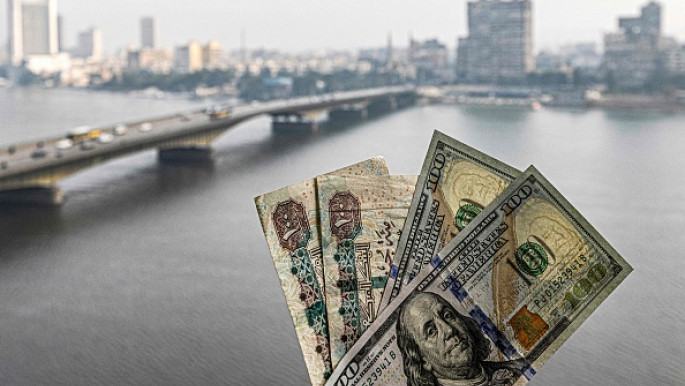
Is the Current Inflation Wave Leading to Another EGP Devaluation?
Markets globally, including in Egypt, are witnessing a rise in inflation rates, which were already on an upturn, due to the pandemic and the Russian-Ukrainian conflict. According to CAPMAS, the nationwide annual inflation rate recorded 10% for February 2022, compared to 4.9% for the same month last year. This is considered the highest in three years and exceeded the limit set by the Central Bank of Egypt at 7 percent (±2%) through the fourth quarter of 2022. JP Morgan predicted that Ukraine war and other ongoing challenges would extend the period of high inflation. Still, there is a bigger fear that is haunting Egyptian market– Are we going to witness another devaluation of the Egyptian Pound? The good news is that this might not be the only solution to control the current inflationary pressures.
